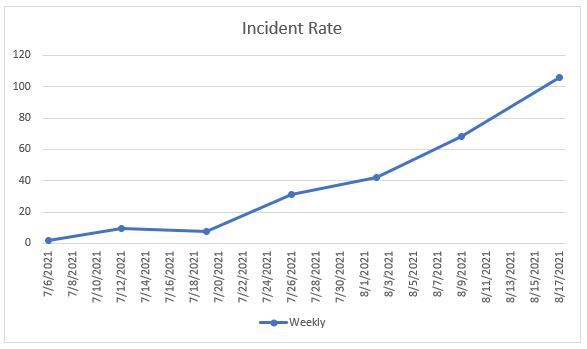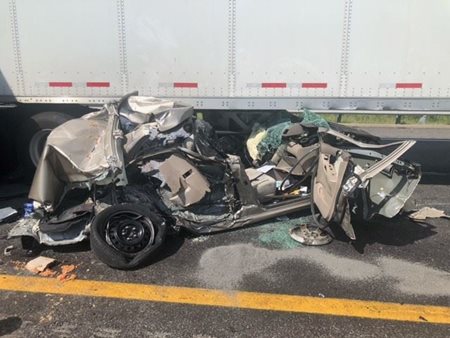Kentucky Transportation Cabinet District 1 Highway Crews plan to pre-treat area highways to prepare for a threat of freezing rain, sleet, and/or snow that is expected to sweep through the region on Thursday night into Friday morning.
Motorists are urged to closely monitor the local weather forecast for updates as the winter weather system approaches. Motorists should be alert for slow moving trucks during daylight hours today and Thursday as crews go about their work spraying brine to prepare roadways for this event.
Pre-treating involves spraying a brine solution on roadways that dries to leave a fine powder of salt. That salt coating is then available to be activated as precipitation starts to fall during the early hours of a snow/ice event. In addition to improving safety by initially melting snow and ice as it falls, the salt powder also keeps snow from bonding to the road driving surface making it easier for plows to push it off the roadway later in the event.
Pre-treating requires a fairly specific set of weather conditions. Temperatures have to be above about 22 degrees to allow brine to be applied, otherwise it could freeze when it hits the road surface creating a hazard. Kentucky highway crews generally do not pre-treat when rain is expected in advance of a winter weather event because the rain would wash away the benefits of the salt powder.
Temperatures today and Thursday are expected to be warm enough that crews should have time to pre-treat most routes.
The Kentucky Transportation Cabinet has established snow/ice priority routes for each county. Maps showing the snow removal priority routes are available at http://go.usa.gov/gmDe. In the initial hours of a winter weather event, crews focus much of their attention on “A” Snow/Ice Priority Routes such as Interstates, Parkways and U.S. Highways. As conditions improve on major transportation routes, crews move to “B” routes which are generally connector routes, then move to “C” routes which are generally rural secondary highways.
Advertisement
Crews Pre-Treating Roads Before Winter Mix Arrives
Advertisement
Latest Western Kentucky
Western Kentucky
Feb. 16, 2023
Western Kentucky
Aug. 18, 2021
Western Kentucky
Aug. 14, 2021
Western Kentucky
May. 27, 2021
Western Kentucky
Apr. 27, 2021
ADVERTISEMENT
Most Read >
ADVERTISEMENT
Latest Western Kentucky
Western Kentucky
Feb. 16, 2023
Western Kentucky
Aug. 18, 2021
Western Kentucky
Aug. 14, 2021
Western Kentucky
May. 27, 2021
Western Kentucky
Apr. 27, 2021
Advertisement
ADVERTISEMENT





